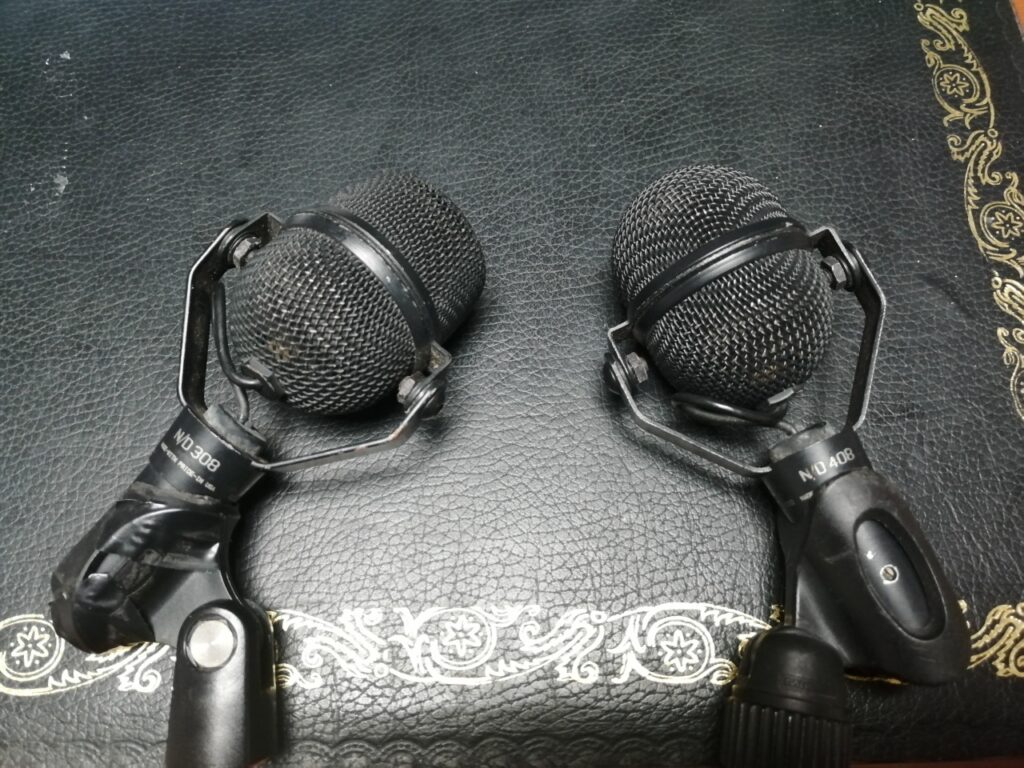
Hello and welcome to our weekly microphone posts. Astra hopes you all had a great Easter but now its time to get back to work. This week, inspired by all things egg related, we are going to focus on a couple of egg shaped mics! The EV N/D308 and N/D408.
The N/D308 is another microphone that very rarely gets used due to familiarity of other microphones. A dynamic mic with a cardioid patten suited for percussion, guitar amplifiers and brass. The yolk mount allows for much more flexibility with positioning than other mics. This allows placement near to sound sources where it can benefit from its extended low end. Clever use of the proximity effect allows for low frequency response to be boosted closer to the source. The tonality of instruments is retained while reducing the probability of feedback. It therefore comes with two stated frequency ranges of 40-20,000Hz at close range and 50-16,000Hz at a distance. Its clever design provides increased sensitivity while keeping distortion extremely low during peak sound levels
The N/D408 contains all the technology of the 308 but its response pattern is hypercardioid making it that bit more directional. It has an incredible frequency range quoted as 30-22,000Hz, beyond the range of human hearing. Again, its design makes it ultra sensitive while virtually distortion free. Besides the numbering on the side, the only visual difference between the two mics is the grill. The 408 has a rounded end while the 308 is flattened off.
Hearing
Beyond the range of human hearing is an important statement. Biologically the human ear can hear frequencies between 20Hz and 20kHz. Old age decreases frequency range naturally and exposure to loud noises and other health issues accelerates the process. However, that is not to say that people are unable to percieve frequencies outside of this range. The world of Psychoacoustics can be studied at university and covers a wide range of topics. The sensitivity of the human ear is remarkable and can sense minute changes or differences in sounds. It stands to reason that though there will be frequencies that we cannot hear, that doesn’t mean we don’t notice when they aren’t. Comparing analogue recordings with digital music files demonstrates how different music can sound if certain information is not there. By its very nature, the digital process takes smooth analogue wave forms and turns them into steps. No matter how smal you make those steps it will never be the same as a smooth line. Having microphones that are sensitive enough to pick up frequencies that we can’t hear means we’re able to retain more sonic information.

